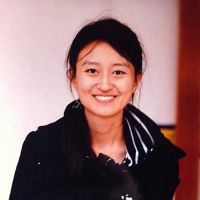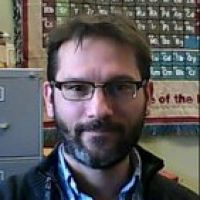Yan et al., 2019
Three‐Dimensional Modeling of the Coevolution of Landscape and Soil Organic Carbon
Yan, Q., Le, P.V.V., Woo, D.K., Hou, T., Filley, T., and Kumar, P. (2018)
Water Resources Research
-
IML, GRAD STUDENT
-
IML, GRAD STUDENT
-
IML, GRAD STUDENT
-
IML, INVESTIGATOR
-
IML, INVESTIGATOR
Plain English Summary
Understanding how soil organic carbon (SOC) content changes in space and time are critical for our food security and adaptation to climate change. It changes through the belowground transformation—decomposition of litter and release of CO2, and surficial transport—lateral physical redistribution. The balance between the two interactions has been strongly shifted by human activities. Quantifying such interactions has remained challenging. Here we developed a 3‐D model, which simulates the movement and burial of SOC and compare the impacts of natural and human activities in the critical zone. We apply this model to a watershed in Iowa. Our results show that the net soil thickness and SOC stock change rates are both decreasing. The fast burial of legacy carbon by modern carbon results in a “nose” profile at depositional sites, which is consistent with soil cores sampled in the watershed. The lateral transport rate can be significantly larger than the transformation rate, but this balance is modified by the mechanical mixing from tillage. Generally, erosional sites are net sinks for atmospheric carbon and depositional sites are net sources. The model can serve as an important tool for protecting soil carbon change caused by both human and natural events.
Abstract
Soil organic carbon (SOC) is going through rapid reorganization due to anthropogenic influences. Understanding how biogeochemical transformation and erosion‐induced SOC redistribution influence SOC profiles and stocks is critical to our food security and adaptation to climate change. The important roles of erosion and deposition on SOC dynamics have drawn increasing attention in the past decades, but quantifying such dynamics is still challenging. Here we develop a process‐based quasi 3‐D model that couples surface runoff, soil moisture dynamics, biogeochemical transformation, and landscape evolution. We apply this model to a subcatchment in Iowa to understand how natural forcing and farming practices affect the SOC dynamics in the critical zone. The net soil thickness and SOC stock change rates are −0.336 (mm/yr) and −1.9 (g C/m2/year), respectively. Our model shows that in a fast transport landscape, SOC transport is the dominant control on SOC dynamics compared to biogeochemical transformation. The SOC profiles have “noses” below the surface at depositional sites, which are consistent with cores sampled at the same site. Generally, erosional sites are local net atmospheric carbon sinks and vice versa for depositional sites, but exceptions exist as seen in the simulation results. Furthermore, the mechanical soil mixing arising from tillage enhances SOC stock at erosional sites and reduces it at depositional ones. This study not only helps us understand the evolution of SOC stock and profiles in a watershed but can also serve as an instrument to develop practical means for protecting carbon loss due to human activities.
Citation
Yan, Q., Le, P.V.V., Woo, D.K., Hou, T., Filley, T., and Kumar, P. (2018): Three‐Dimensional Modeling of the Coevolution of Landscape and Soil Organic Carbon. Water Resources Research. DOI: 10.1029/2018WR023634
 This Paper/Book acknowledges NSF CZO grant support.
This Paper/Book acknowledges NSF CZO grant support.
Explore Further





